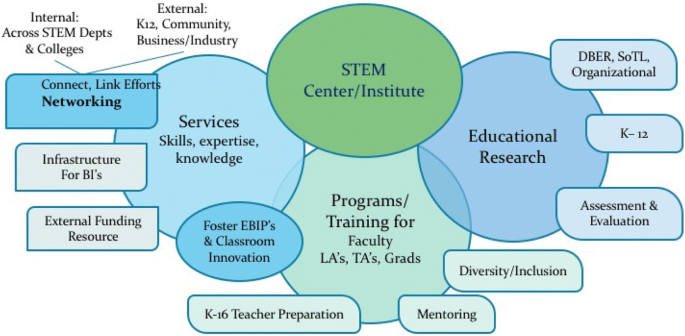
Transforming STEM Learning Pathways to Improvement

Enhancing STEM Learning: Strategies for Educational Improvement
Understanding the Importance of STEM Education
In today’s rapidly evolving world, STEM (Science, Technology, Engineering, and Mathematics) education plays a crucial role in preparing students for success. With advancements in technology and increasing demand for STEM-related skills in the workforce, it’s essential to enhance STEM learning opportunities for all students.
Challenges in STEM Education
Despite the importance of STEM education, there are several challenges that educators and policymakers face in improving STEM learning outcomes. These challenges include limited access to resources, a shortage of qualified teachers, and a lack of diversity in STEM fields. Addressing these challenges requires innovative solutions and a collaborative effort from stakeholders across sectors.
Innovative Teaching Methods
One of the keys to improving STEM education is adopting innovative teaching methods that engage students and foster a deeper understanding of STEM concepts. From hands-on experiments to project-based learning, educators can use a variety of approaches to make STEM subjects more accessible and relatable to students.
Integration of Technology
Technology plays a pivotal role in modern STEM education, providing students with tools and resources to explore STEM concepts in new and exciting ways. By integrating technology into the curriculum, educators can enhance student learning experiences and prepare them for the digital age.
Promoting Inquiry-Based Learning
Inquiry-based learning is another effective strategy for improving STEM education. By encouraging students to ask questions, conduct experiments, and solve problems independently, educators can foster critical thinking skills and a passion for discovery in STEM subjects.
Addressing Equity and Inclusion
Ensuring equity and inclusion in STEM education is essential for providing all students with equal opportunities to succeed. Educators must actively work to address systemic barriers and create an inclusive learning environment where students from diverse backgrounds feel valued and supported.
Professional Development for Educators
Investing in professional development for educators is critical for improving STEM education. By providing teachers with ongoing training and support, schools can ensure that they have the knowledge and skills necessary to effectively teach STEM subjects and inspire students to pursue careers in STEM fields.
Partnerships with Industry and Community
Collaborating with industry partners and community organizations can also help improve STEM education. By providing students with real-world experiences, such as internships, mentorships, and field trips, schools can bridge the gap between classroom learning and the demands of the workforce.
Advocacy and Policy Change
Advocating for policy change at the local, state, and national levels is essential for improving STEM education. Educators, parents, and community members must work together to advocate for increased funding, support for teacher training, and initiatives to promote diversity and inclusion in STEM fields.
Empowering Students for the Future
Ultimately, the goal of improving STEM education is to empower students with the knowledge, skills, and confidence they need to succeed in an increasingly complex and interconnected world. By providing students with high-quality STEM learning experiences, we can prepare them to become the innovators, problem-solvers, and leaders of tomorrow. Read more about improving stem education

